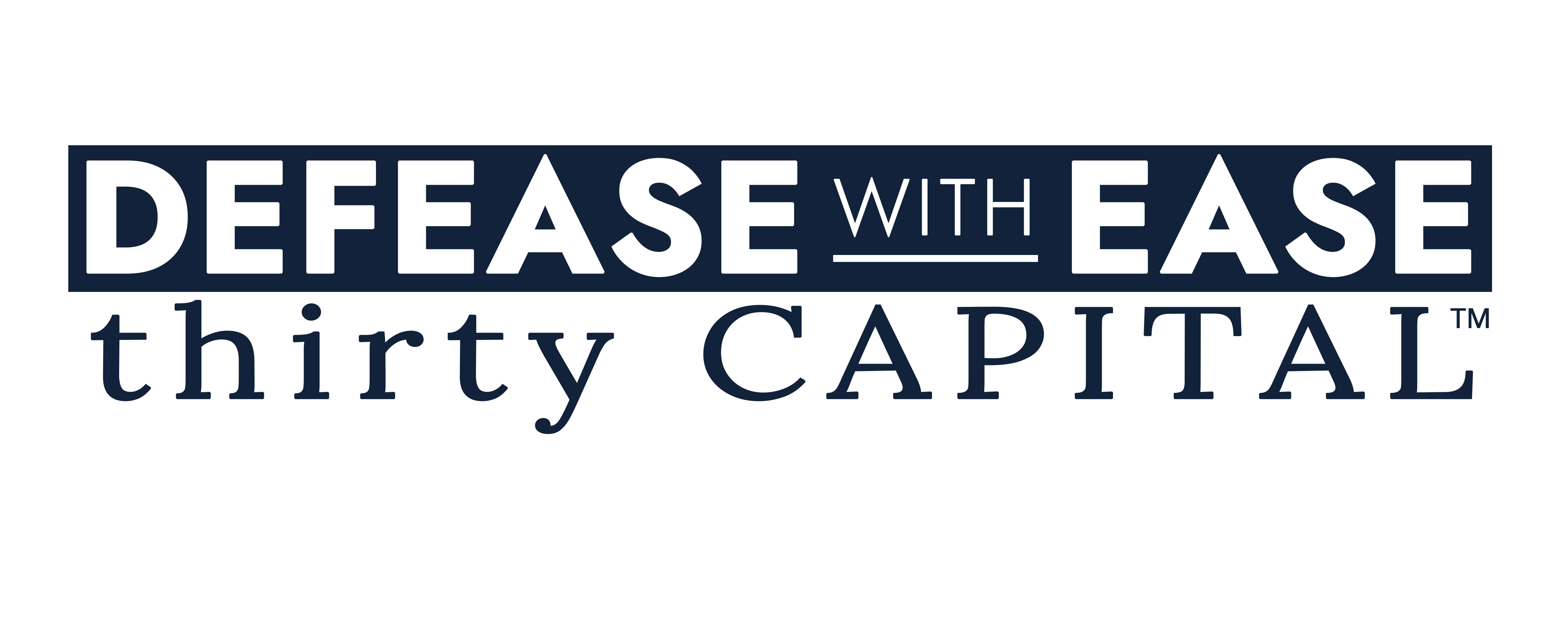Making the right move with commercial real estate (CRE) debt strategy —whether hedging, refinancing, or holding—demands more than instinct. It requires a disciplined, data-driven approach that models risk, evaluates timing, and leverages market indicators to protect asset performance and maximize returns.
Want to listen to the discussion? Click here to watch the 10-minute on-demand recording.
Why Timing Matters
Interest rates have become increasingly unstable, with movements of 75 to 100 basis points in just days becoming more common. These rapid changes create fleeting windows of opportunity—and risk. CRE decision-makers need to move swiftly when market conditions align with their financial goals. Delays in executing on a hedge or refinance can translate directly into higher borrowing costs, diminished returns, or lost optionality.
One of the most expensive mistakes individuals make is waiting too long. Delayed decisions shrink the menu of options and expose portfolios to avoidable risk. Whether it’s missing a favorable rate environment or losing leverage in negotiations, inaction costs. Early analysis and preparedness improve the odds of favorable outcomes.

Modeling Interest Rate Scenarios
Robust scenario modeling forms the backbone of a sound debt strategy. It begins by developing three perspectives: best case, base case, and worst case. Each scenario should stress test property performance across key variables such as:
- Net Operating Income (NOI)
- Debt service requirements
- Interest rate changes
- Cap rate compression or expansion
- Insurance cost volatility
Understanding how each property performs under various market conditions ensures owners and decision-makers are prepared for both upside opportunities and downside protection. Modeling should also align with the property’s lifecycle and business strategy. For example, a hold strategy versus an anticipated sale in two years could point to very different debt structures.
Monitoring Real-Time Indicators
Real-time execution timing depends on staying plugged into the right economic and financial signals. Several key indicators and tools play a critical role in determining when to act:
- Forward Curves (SOFR, Treasury): These curves project where interest rates are expected to go, revealing when future rate environments may align with a refinancing or hedging strategy.
- Current vs. Forward Rate Spreads: Comparing today’s rates to forward curves identifies whether immediate action or patience is more advantageous.
- Federal Reserve Dot Plot: Released quarterly, this offers insight into how Fed officials view the interest rate path.
- Economic Indicators: Watch PCE (Personal Consumption Expenditures) as the Fed’s preferred inflation metric, along with CPI (Consumer Price Index), PPI (Producer Price Index), and jobs reports. These metrics signal when the Fed may act.
- Consumer Sentiment vs. Market Data: Aligning public confidence with hard data can reveal mispriced opportunities or risks.
Free Infographic: 5 Financial Tools Every CRE Professional Should Know and How to Read Them
Building Your Strategy
Armed with scenario modeling and market intelligence, the next step is determining your actionable path. That could mean locking in a hedge, refinancing, or waiting—but only when waiting is supported by data.
Engage Early
Early engagement with lenders, hedge advisors, and capital partners offers the broadest strategic flexibility. For example, Know Your Customer (KYC) processes required to place interest rate caps or swaps can take 2–4 weeks. Waiting until the market shifts is often too late to execute.
Set Rate Triggers
Establish predefined interest rate levels that trigger action. These thresholds act as decision points that remove emotion and indecision from the equation.
Understand Timing Risk
Hoping for future rate cuts can backfire. A common mistake is projecting future rate relief that doesn’t materialize. As seen recently, even when multiple rate cuts were anticipated, rising yields offset any benefit, eliminating the expected savings. Strategic timing must account for potential rate increases and market movements that negate theoretical benefits.
From Static Models to Dynamic Strategy
Static Excel models, while foundational, are no longer sufficient on their own. Sophisticated debt management platforms can ingest property performance data, making them invaluable for dynamic decision-making. These tools allow users to:
- Track property performance in real-time
- Model new scenarios instantly
- Execute hedging or refinancing with greater precision
Best Practices to Execute the Right Move
Executing the right strategy—whether it’s hedging, refinancing, or holding—requires a consistent framework for evaluating your options and acting decisively. The following best practices can help CRE professionals reduce execution risk and improve financial outcomes. 
- Track Economic Signals Continuously: Monitor macro trends and indicators to anticipate rate moves and evaluate risk accurately.
- Run Robust Scenarios: Evaluate how each property performs across best, base, and worst-case scenarios to guide action.
- Set Interest Rate Triggers: Remove guesswork by predetermining thresholds that dictate hedging or refinancing.
- Engage Lenders Early: Maintain active lender relationships to ensure flexibility and up-to-date guidance.
- Pre-Build Strategic Moves: Define your short- and long-term goals and prepare your debt strategy in advance to execute smoothly when the time is right.
Prepare, Execute, and Succeed
In a market where interest rates can shift dramatically within short timeframes, successful CRE debt management is not reactive—it’s anticipatory. By running detailed scenario models, monitoring forward curves and economic indicators, and preparing for multiple outcomes, decision-makers can hedge, refinance, or hold from a position of strength.
The cost of inaction is high, but the rewards for preparedness are even higher. By transforming data into decisions, CRE owners and decision-makers can navigate today’s volatility and position themselves for long-term growth and resilience.
If this blog resonates with your portfolio, our team of debt experts is readily available to discuss strategies that can help guide your next move. Let’s talk. Zero pressure, just actionable insights.




